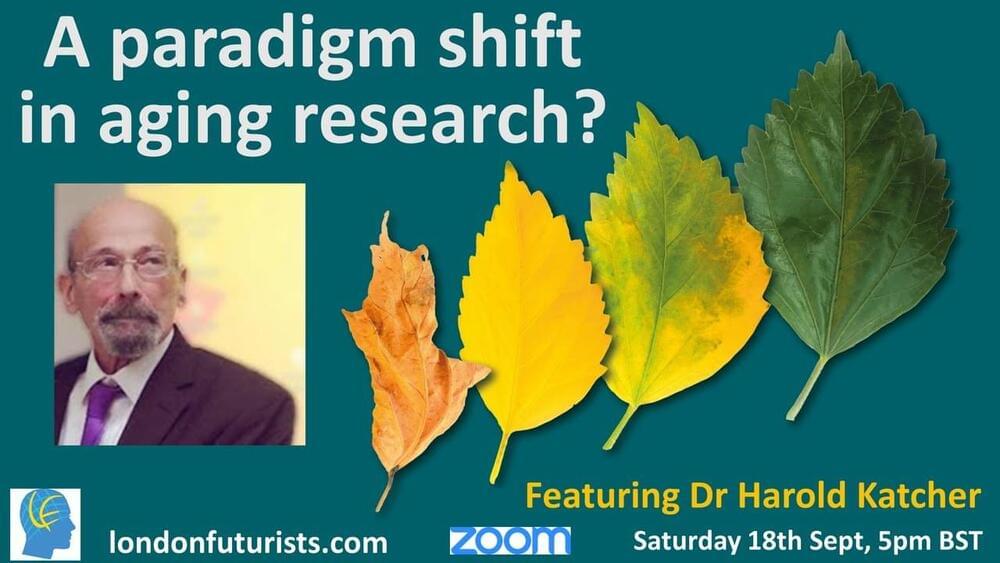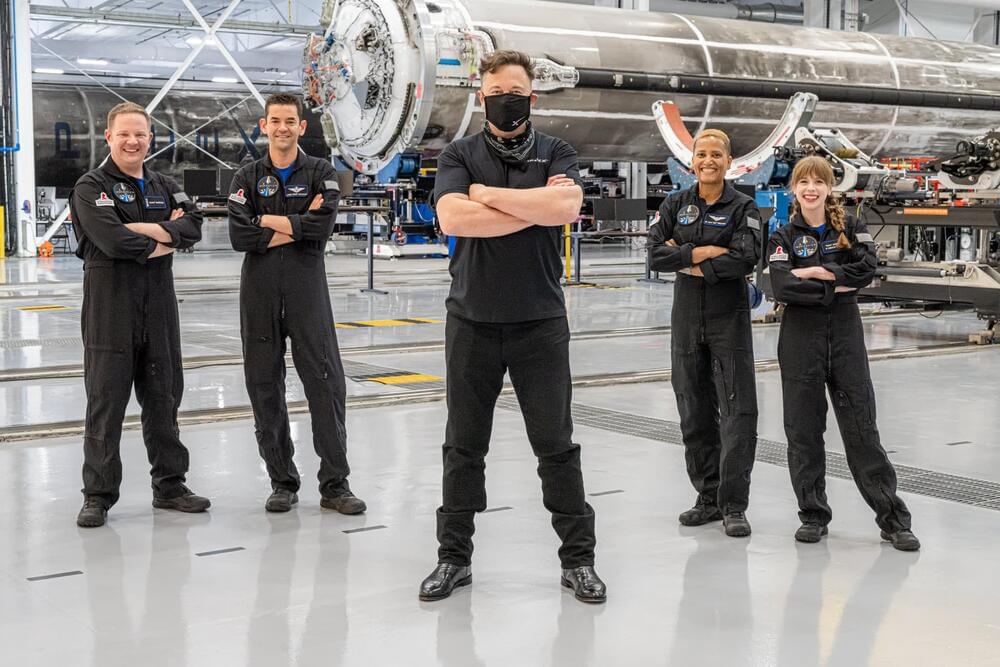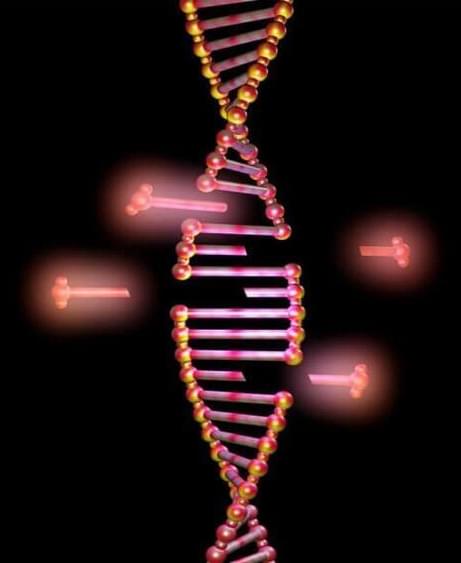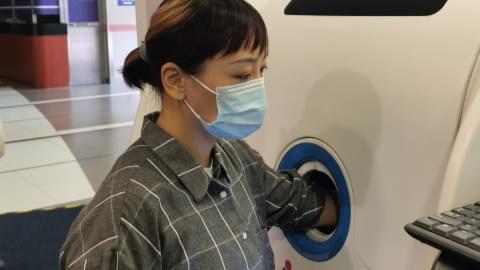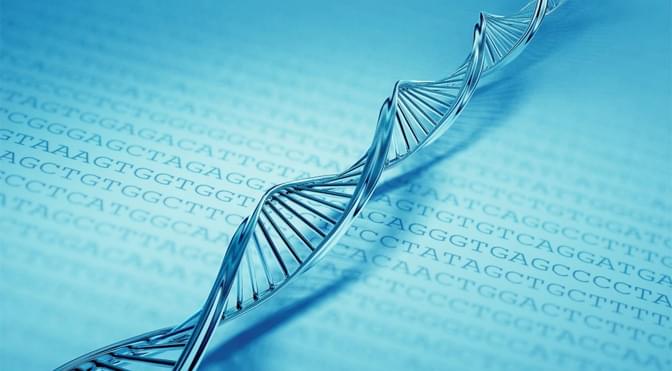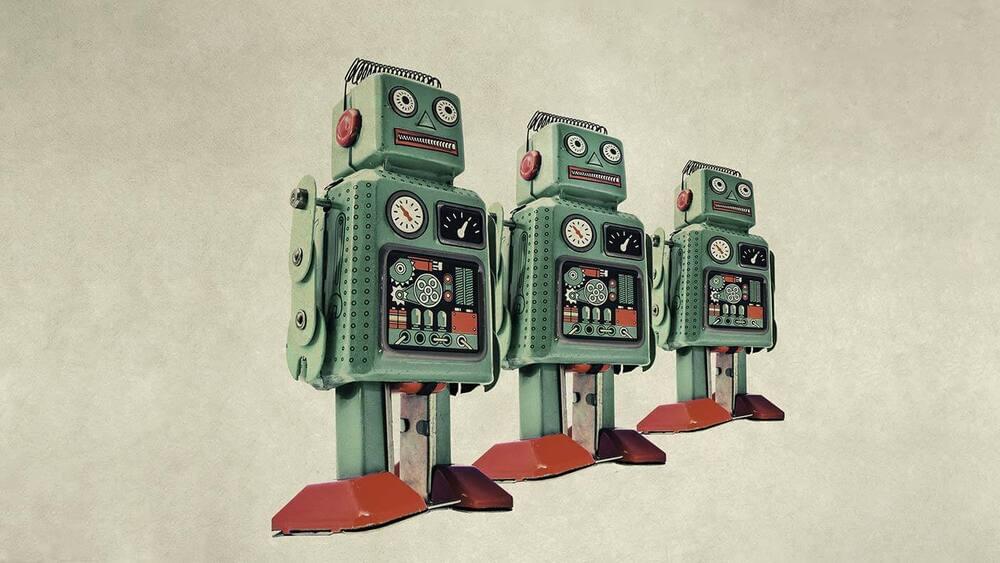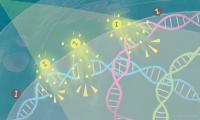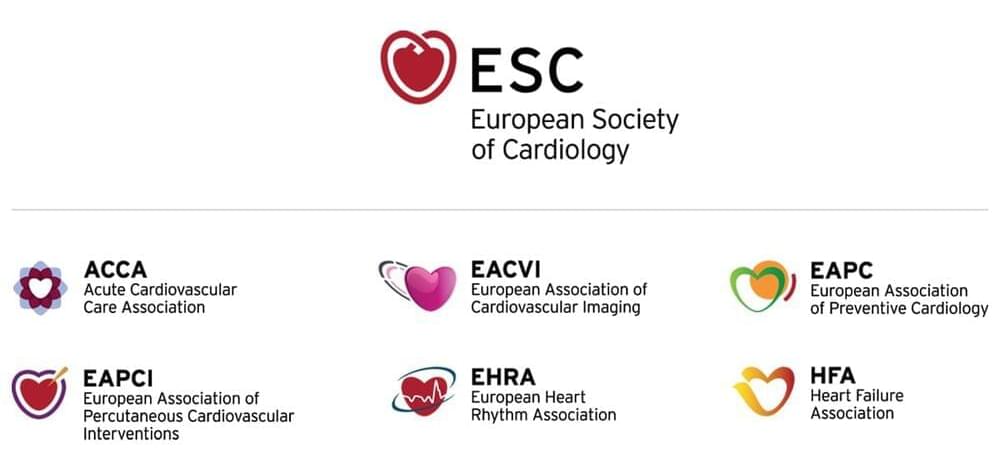This is the video of Harold Katcher’s presentation to the London Futurists. It was a great discussion, be sure to check it out.
#haroldkatcher #antiaging #rejuvenation #futurism
It has been known for some time that young blood plasma can confer beneficial effects on various organs in mice, although the mechanisms and implications remained unclear. A recent breakthrough experiment is attracting more attention to this area of research: rats treated with a blood plasma mixture known as E5 subsequently had their effective biological age measured by epigenetic clocks, involving 593 tissue samples. The result was a halving of the epigenetic ages of blood, heart, and liver tissue, and a lesser reduction (still statistically significant) in the epigenetic age of the hypothalamus. This has been heralded as the single most dramatic age-reversal experiment in mammals to date.
On Saturday 18th September, the lead designer of these experiments, Dr Harold Katcher, joined London Futurists to present his analysis of the findings, his own distinctive theories of aging, and his expectation for future research and applications. He also answered questions about his new book, “The Illusion of Knowledge: The paradigm shift in aging research that shows the way to human rejuvenation”, which is available at https://www.amazon.co.uk/Illusion-Knowledge-paradigm-research-rejuvenation-ebook/dp/B09C7JNB64/
The event was introduced and moderated by David Wood, Chair of London Futurists.
For more information about this event and the speaker, see https://www.meetup.com/London-Futurists/events/280176480/
Also taking part in this event were Nicolas Chernavsky and Nina Torres Zanvettor of NTZ, the publishers of Dr Katcher’s book. For information about NTZ see https://www.ntzplural.com/
For more details of the experiments with E5, see https://www.biorxiv.org/content/10.1101/2020.05.07.082917v1.full.pdf
